The frozen tundras of Siberia have long been a treasure trove for paleontologists, but recent claims about mammoth de-extinction projects have sparked both excitement and controversy. As permafrost thaws due to climate change, well-preserved mammoth carcasses emerge, fueling ambitious genetic resurrection experiments. Yet beneath the surface of this scientific frontier lies a complex web of ecological, ethical, and geopolitical tensions that challenge the very premise of "playing God" with Ice Age relics.
The Permafrost Gold Rush has intensified as private companies and research institutions scramble to extract viable DNA from woolly mammoth specimens. South Korean biotech firms collaborate with Russian scientists near the Yana River basin, where methane bubbles puncture melting ice like a biological time capsule. These partnerships operate under the guise of "Pleistocene Park" – a controversial rewilding initiative aiming to restore Arctic grasslands by reintroducing megaherbivores. Critics argue these efforts distract from urgent conservation needs for living species like Siberian tigers, whose habitats face unprecedented threats from industrial expansion.
Indigenous Yakuts whisper warnings about disturbing kygys annara (permafrost spirits) as drilling rigs penetrate sacred grounds. Their oral traditions describe mammoths as creatures that "burrow through earth when angered," a folkloric echo of modern concerns about destabilized frozen soils. Methane release from damaged permafrost could accelerate global warming by 150%, rendering any climate mitigation from mammoth-grazed grasslands negligible. Russian regional governors meanwhile tout tax revenues from genetic tourism while quietly approving fossil fuel extraction in the same compromised landscapes.
Harvard geneticists recently isolated functional mammoth hemoglobin using CRISPR-edited elephant cells, achieving oxygen transport at -30°C. This breakthrough reignited debates about species revival priorities – why mammoths over carrier pigeons or thylacines? The answer may lie in geopolitics: China's BeiGene Institute has invested $40 million in Siberian cryobanks, seeing Arctic DNA as strategic biological capital. As NATO nations impose research sanctions on Russia, these frozen alliances complicate international science cooperation.
Ecological models suggest revived mammoth populations could theoretically compact snow cover, reflecting more sunlight. But the trophic cascade risks remain unknown – modern Arctic flora evolved without megaherbivore pressures for millennia. The last interglacial period saw mammoths browsing dwarf birch now crucial for ptarmigan habitats. Norwegian conservationists warn that introduced species may trigger unpredictable predator-prey dynamics, favoring invasive wolves over endangered Arctic foxes.
Legal ambiguities compound these dilemmas. The Nagoya Protocol governs genetic resource sharing but never anticipated de-extinction scenarios. Russian authorities claim ownership of all mammoth remains as "federal paleontological heritage," while Indigenous groups demand consultation rights under UNDRIP. Meanwhile, synthetic biology startups circumvent regulations by patenting "mammoth-elephant hybrid" cell lines rather than organisms themselves.
The most chilling revelation came from 2022 permafrost core samples containing ancient pathogens alongside mammoth DNA. When researchers revived 24,000-year-old rotifers from Siberian ice, it proved microscopic life could suspend animation indefinitely. This raises haunting questions: could Pleistocene diseases emerge with resurrected hosts? Russian virologists discovered intact horsepox virions near mammoth burial sites, prompting the WHO to convene emergency biosafety meetings.
Economic pressures further distort priorities. A single mammoth tusk fetches $250,000 on China's ivory black market, incentivizing illegal excavations that damage scientific sites. Some startups promise "ethical ivory" from lab-grown mammoth tissues, though conservationists argue this perpetuates demand. The irony is palpable: creatures hunted to extinction by Paleolithic humans now being resurrected to satisfy modern consumerism.
As the 2024 International Congress on Arctic Genetics convenes in Yakutsk, schisms grow between de-extinction idealists and permafrost preservationists. The latter advocate for cryo-conservation of entire frozen ecosystems rather than selective species revival. Their "Deep Time Ark" proposal would create UNESCO-protected permafrost vaults using liquid nitrogen – a technological twist on Indigenous ice-worship traditions.
The mammoth's symbolic weight grows heavier as it straddles science and myth. These shaggy giants now represent both humanity's technological arrogance and ecological repentance. Perhaps their greatest lesson lies not in genetic code, but in revealing how quickly frontier science can outpace wisdom – whether from traditional knowledge or precautionary principles. As the permafrost thaws, so too do our assumptions about life, death, and humanity's role in rewriting Earth's narrative.
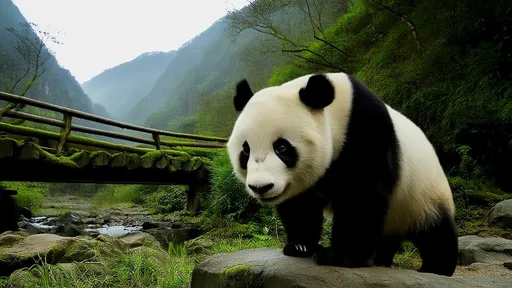
By /Jul 24, 2025
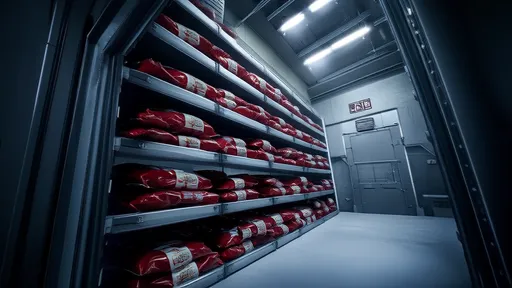
By /Jul 24, 2025

By /Jul 24, 2025
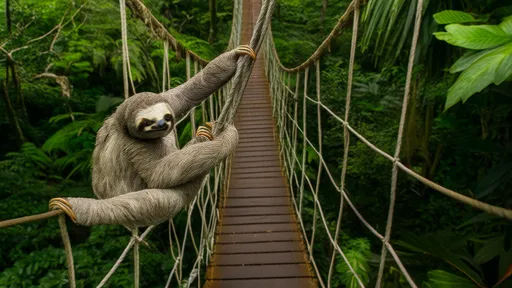
By /Jul 24, 2025
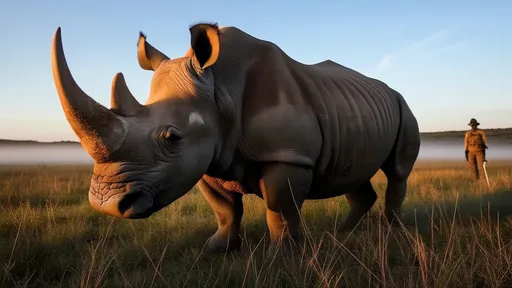
By /Jul 24, 2025

By /Jul 24, 2025
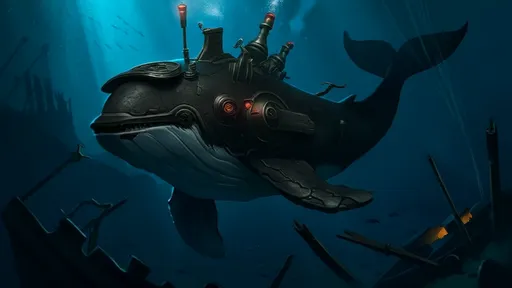
By /Jul 24, 2025
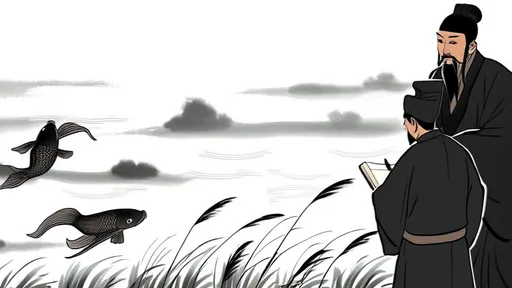
By /Jul 24, 2025

By /Jul 24, 2025
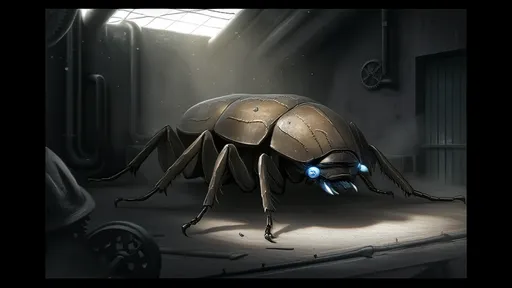
By /Jul 24, 2025
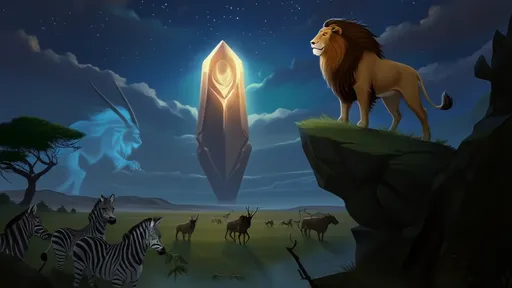
By /Jul 24, 2025
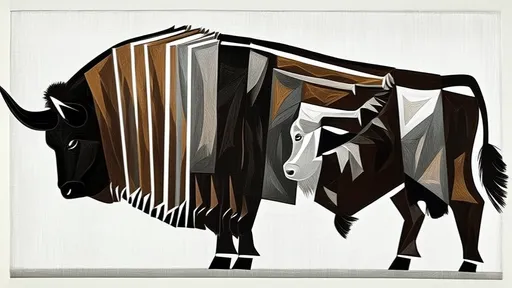
By /Jul 24, 2025

By /Jul 24, 2025
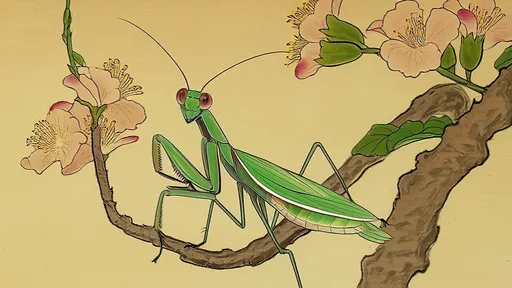
By /Jul 24, 2025
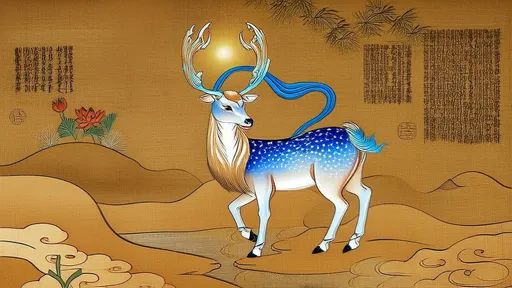
By /Jul 24, 2025

By /Jul 24, 2025
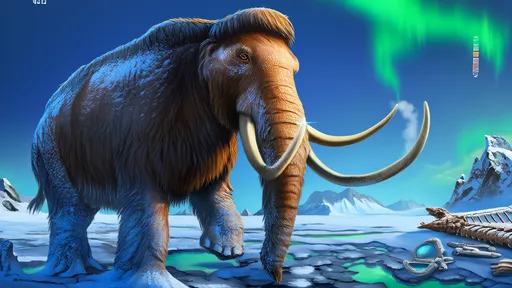
By /Jul 24, 2025
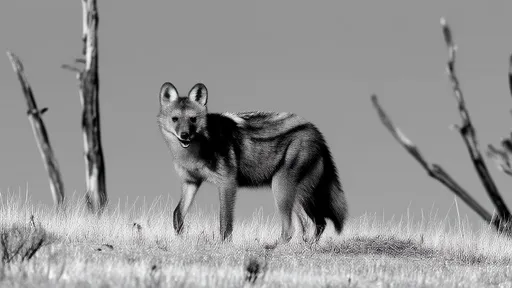
By /Jul 24, 2025